The monthly track day at Lohéac has become my playground where, like the drives, I practice. So when I want to try a new thing I like to do it first at Lohéac, on my “home course”.

Last weekend was actually a big test. Thus, I was not only using the camera I am the less familiar with, I was also using vintage lenses. But what would you do this to yourself? why giving up on autofocus and automation?

To be honest I will not stop using autofocus and still let the camera figures out some of the settings. But sometimes the camera is overwhelmed and you need to take over. And on those occasions you are happy to have some practice.

In addition, shooting in full manual makes you slow down, focus and help you to test the limit of your equipment. So in Porsche’s terms: even if the PDK is more efficient, some time it is better to use a clutch pedal.

Where to start?
Even if we are using Canon cameras we recently bought a Sony Alpha 7. We were looking a for a compact system to carry around and the mirrorless camera coupled with a Samyang AF 35mm F2.8 seems to be a nifty package.
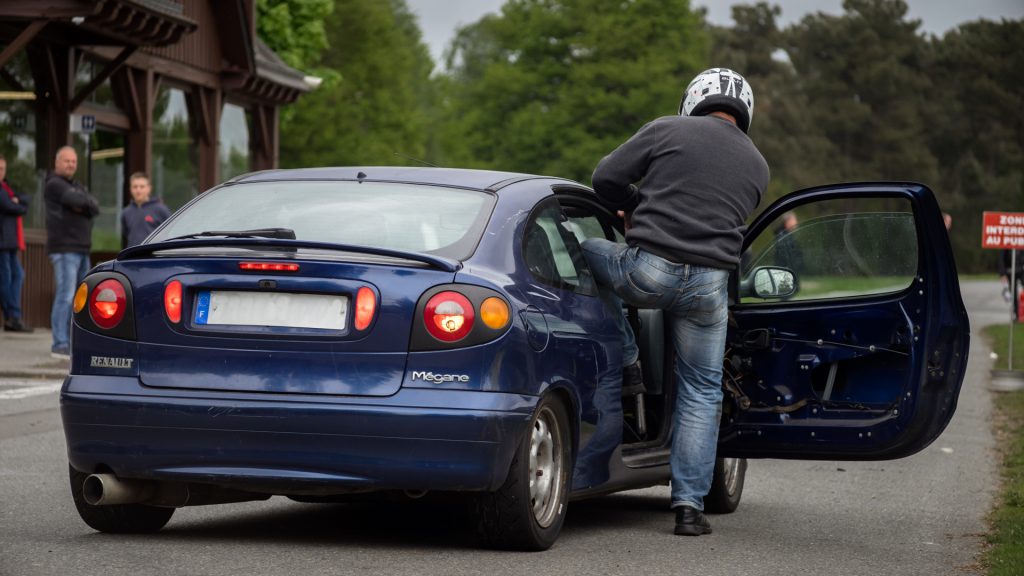
Until now this kit proved to be small, versatile and perform really well. The only limitations are the autonomy and the ergonomy. However thus drawbacks are mainly cause by the small size of the camera and can be mitigated by some practice and carrying extra batteries. Yet, some reading and the need for something more open the pandora box and change the game.

Actually, in the early days of mirrorless camera the lack of dedicated lens create the resurgence of vintage manual lens. Ironically the hype did not go away with the deepening of lens portfolios. So you will find on the internet plenty of guide on how to pick vintage glass and make of the best of their attitude.

Still, the real tricks with using vintage lens and and even some modern manual ones are the price and diversity. Thus, for the price of one modern quick prime lens you can buy plenty of nice old glass and cover all your needs. Added bonus, the imperfections and flaws of older lenses give some flair and artistic opportunities.

However, by trade I like to have the best tool for the job so I was a bit reluctant to screw an old piece of a metal on to a recent digital camera. A friend of mine tried to convince me that manual focus was the way but it did not work.

Some autofocus mishap, a day in aquarium where the camera’s brain melted time and time on the internet made me change my mind. So let’s, practice, explore and be creative.

The Helios 44
Most of the books, websites, YouTube channels on photography will insist that you need a quick 50mm lens in your quick. Not only those lenses are cheap, light, great in low light situations they are great all-rounders. So why not started with a Helios 44?

Ok, it is an easy choice as those early Russian made lens are trendy and available. Those lens are great for portraits,

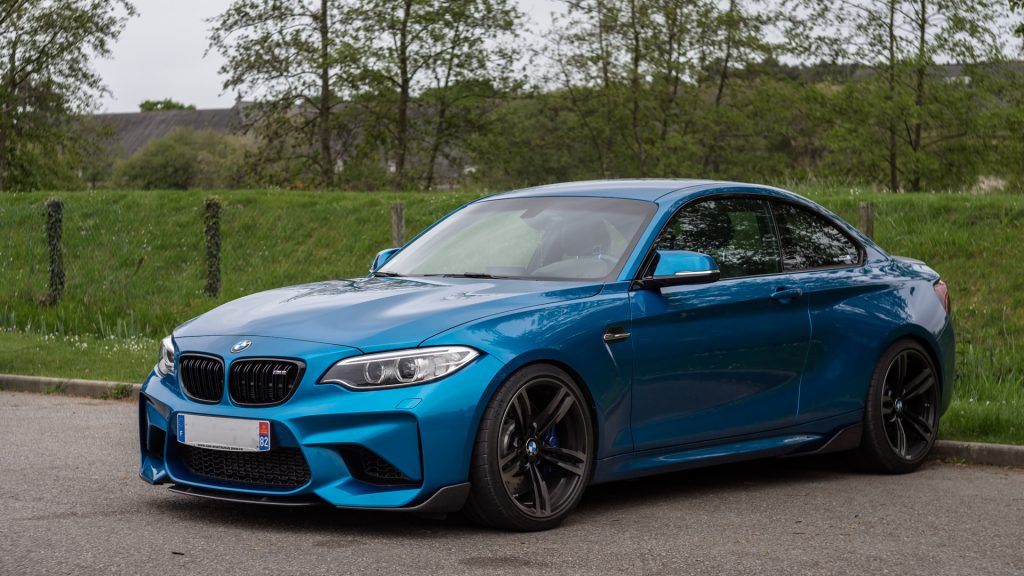

… candid shots,
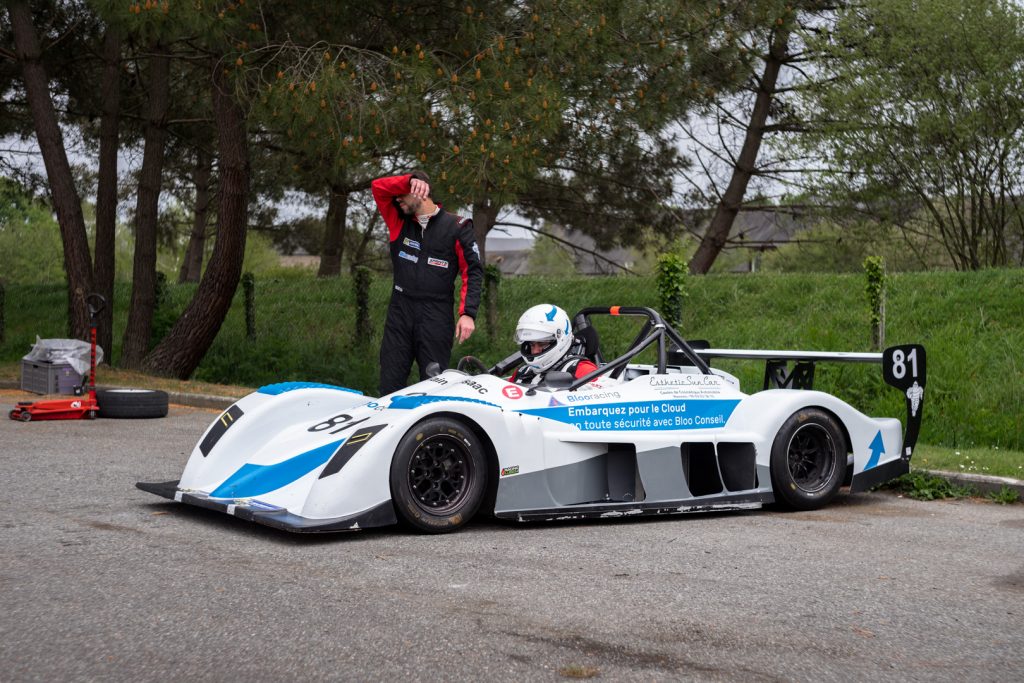
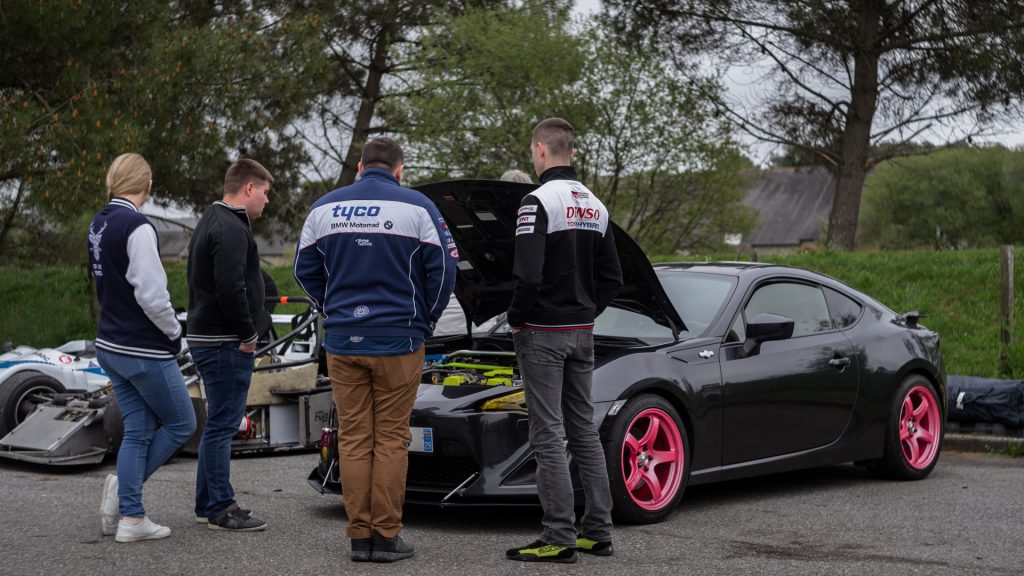

… and even landscapes when you can back off a little.

Consequently, there is a new nifty fifty in our arsenal.
The rabbit hole
But why limiting yourself to one lens or one focal length? Besides there are some lenses that look good and are shiny. Take a look at this Jupiter-11:

Like the Helios 44 the Jupiter-11 is a copy of a Zeiss design, it is also largely available and relatively cheap. Although not bad for portraits…


… this telephoto lens shine in panning shots,


… and to steal some instant like a Paparazzi.
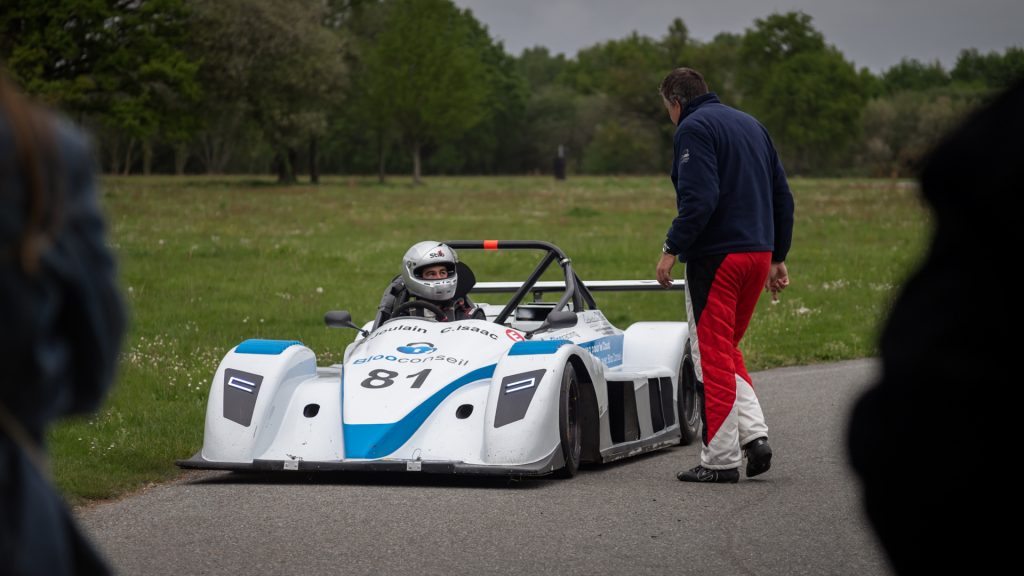
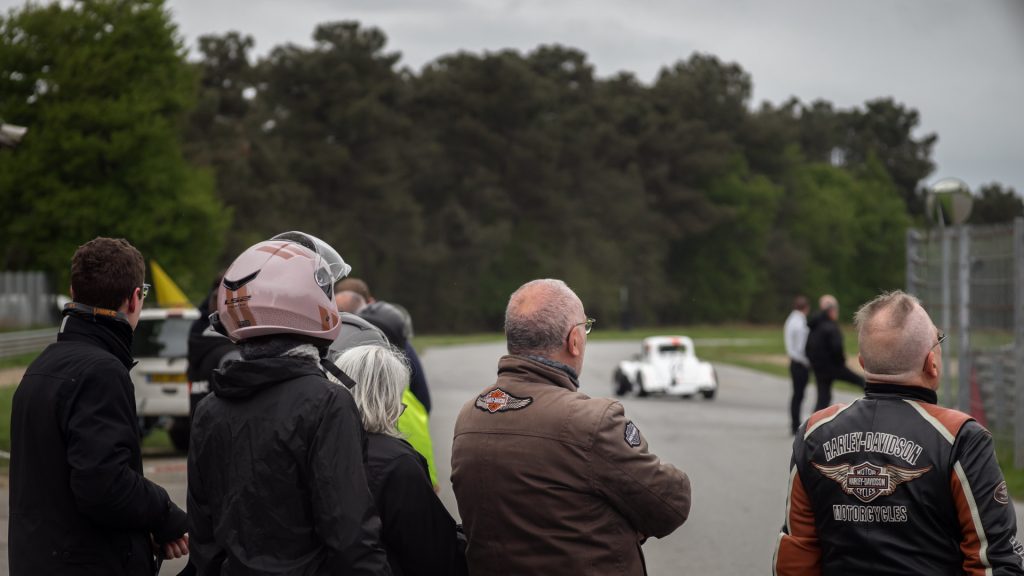
What is next?
All pictures from this track day were taken using those two old lenses. Although the edit is hiding the vintage look the result is better than expect. Therefore the Pandora box is utterly opened and there is already a second version of the Helios 44 on our desk.

So in addition to the car focused content already planned, tests of photo equipment will be posted on the blog and as expected more…






